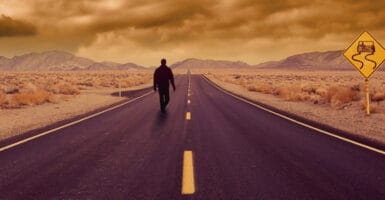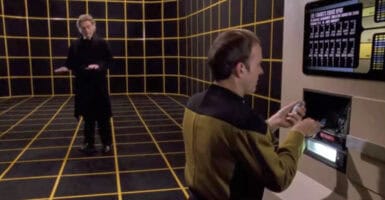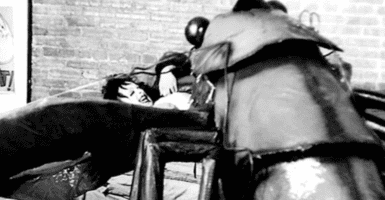National Tragedies That Need Big-Budget Movies
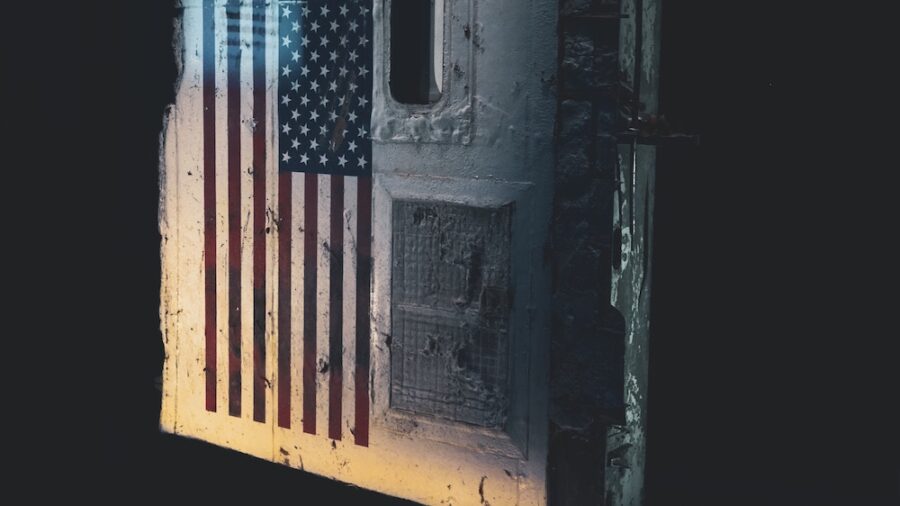
Throughout the history of time, our world has been beset with countless tragedies. From natural disasters to man-made disasters to the inconceivable glut of mass shootings we’ve experienced. The loss of life has been ultimately tragic and staggering. Many of these tragic stories have been told, and put on film so we will never forget the loss, but also the heroes that were born from these horrific events.
Some stories, though, have not been told. We have found a few of these stories we think are in need of a major motion picture treatment. See if you agree.
National Tragedies That Need Major Motion Pictures
COVID-19 (2020)
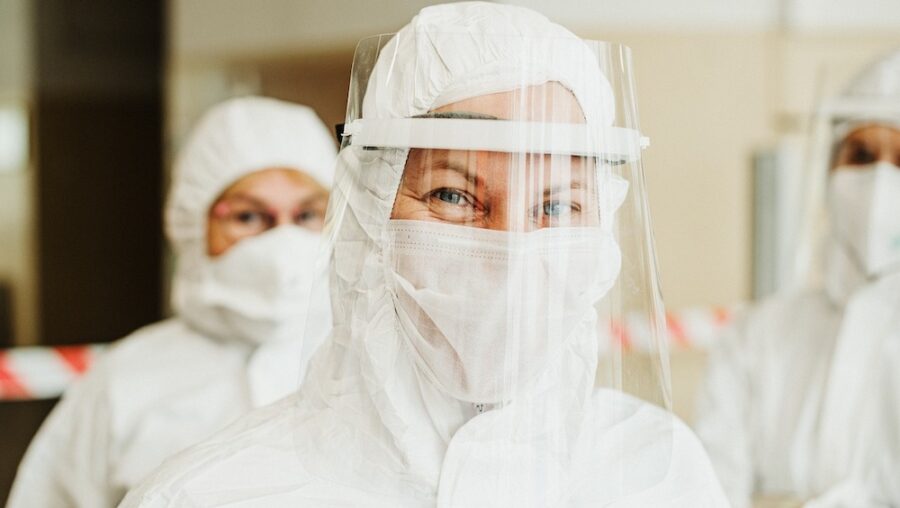
We are three years (or more) into the COVID-19 pandemic, a national tragedy that has cost us millions of lives around the world but whose origins still seem to have escaped us. What was said to have started in a Wuhan, China seafood market only to later be claimed to have been born in a lab, the pandemic did massive damage across the globe.
Not only did the infectious disease take countless lives, but the resulting lockdowns caused damage that many individuals are still facing today. A film of this sort would offer a fascinating look behind the scenes from speculation to provable.
Oliver Stone loves a good “conspiracy” story; he’d be perfect to take this one on.
Challenger Explosion (1986)
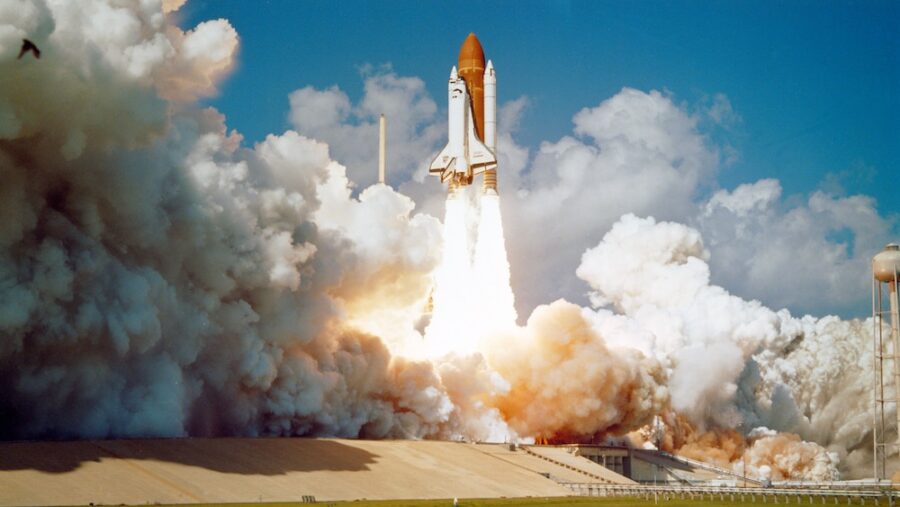
There is no doubt that all national tragedies are just that – tragic – but some, unfortunately, are seen through a more profound lens. Such is the case with the Space Shuttle Challenger explosion.
This horrific event took place on January 28, 1986, just as the space shuttle was reaching 46,000 feet in the air off the coast of Cape Canaveral, Florida. The crew was in the air for only 1 minute and 13 seconds before the Challenger disintegrated.
The cause of the explosion, which took the lives of seven astronauts, was an O-ring failure due to the cold weather and wind shears. It would be the background of the astronauts that would be tugging at the heartstrings of audiences if this film were to be made.
Christa McAuliffe was a teacher from Concord, New Hampshire who was chosen from over 11,000 applicants from the NASA Teacher Space Project, would be a heartbreaking story, though they all would.
Las Vegas Shooting (2017)
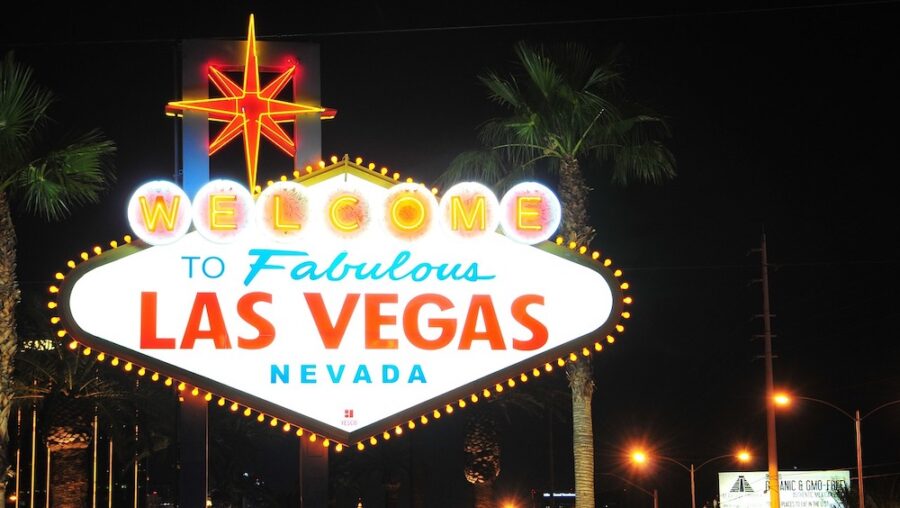
It was meant to be a fun-filled day of country music, good food, and cool drinks in Las Vegas on October 1, 2017. The city was hosting the Route 91 Harvest country music festival, an event that had been held each year since 2015.
Held at the Las Vegas Village, a 15-acre lot routinely used for outdoor performances, thousands gathered to enjoy the day. That is until gunfire rained down upon them.
When all was said and done, 61 people lost their lives in this national tragedy, another 413 were injured, and in the ensuing panic brought on by the gunshots and bodies dropping, more than 400 more were added to the injury list.
The shooter, Stephen Paddock, took his own life, but not after firing more than 1,000 bullets into the unsuspecting crowd. While the story would obviously focus some time on Paddock’s backstory, it could also focus on the heroes who constantly put themselves in harm’s way to help those injured and pull others out of harm’s way.
San Francisco Earthquake (1906)
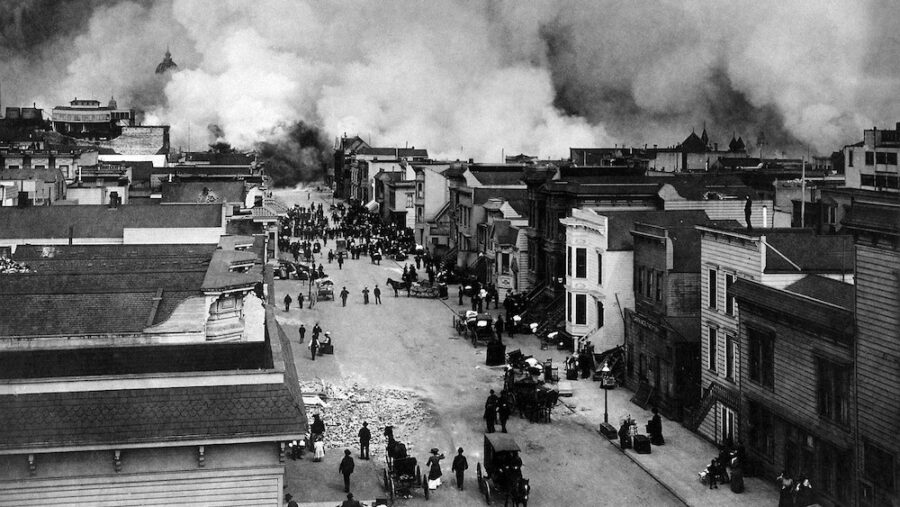
For those of you not in the know, there actually has been a major motion picture made of the 1906 San Francisco earthquake national tragedy. But the film was made almost 90 years ago in 1936 and starred screen legends Clark Gable, Jeanette McDonald, and Spencer Tracy.
While the characters they played were fictional, the story of the earthquake was absolutely real. This tragedy, which was said to have been 7.9 on the Richter Scale with estimates up to 8.3, is a story worth revisiting.
It could show just how vulnerable the city was at that time and how the earthquake and the following numerous aftershocks took down a city that was just beginning to grow.
This story would not only focus on events that played out before the earthquake but just how unprepared emergency services were at the time. True, the earthquake did millions in damage and the loss of life could never be counted, but it was the fires that followed that couldn’t be put out that did much of the damage. This is definitely a national tragedy story that needs to be retold with today’s special effects.
Johnstown Flood (1889)
Here is another national tragedy that not many know about. The Johnstown Flood, also known locally as The Great Flood of 1889, is one that took place on the south fork of the Little Conemaugh River. It had been raining relentlessly for a few days when the South Fork Dam gave way, sending 14.55 million cubic meters of water rushing down the Mississippi River.
What this means in layman’s terms is it created a 70-foot wall of water that destroyed anything in its path. The spectacle that would be the flood waters would be a special effects bonanza.
The flood waters started at the South Fork Dam but did not end until well past Johnstown, a town situated 16 miles away from the dam. The loss of life was tragic as it was estimated 2,208 people died, including 99 entire families.
Beyond the tragedy, what makes this story notable and something worth telling is the fact that it was the very first disaster the American Red Cross was able to assist in. That is another part of the story audiences could get into, as the Red Cross was in its infancy.


